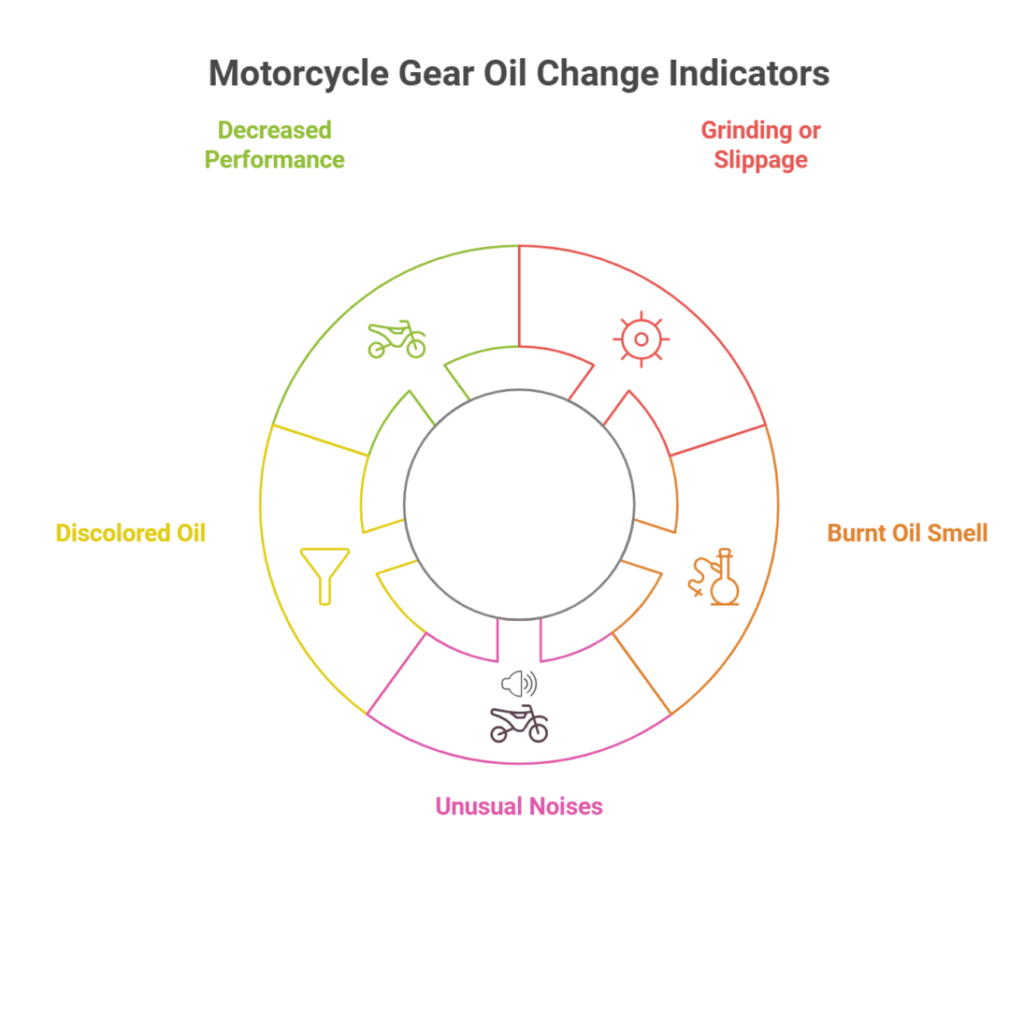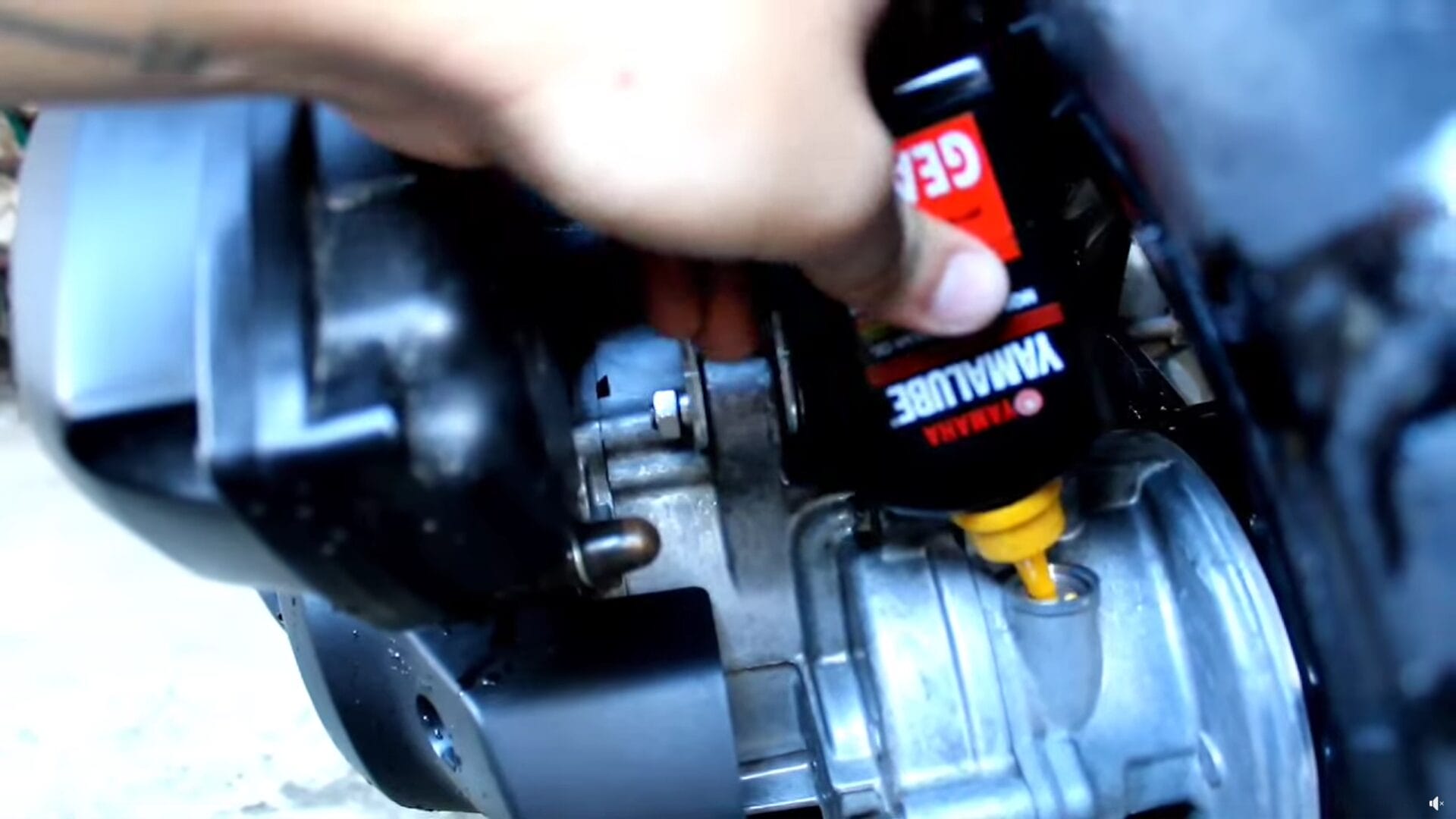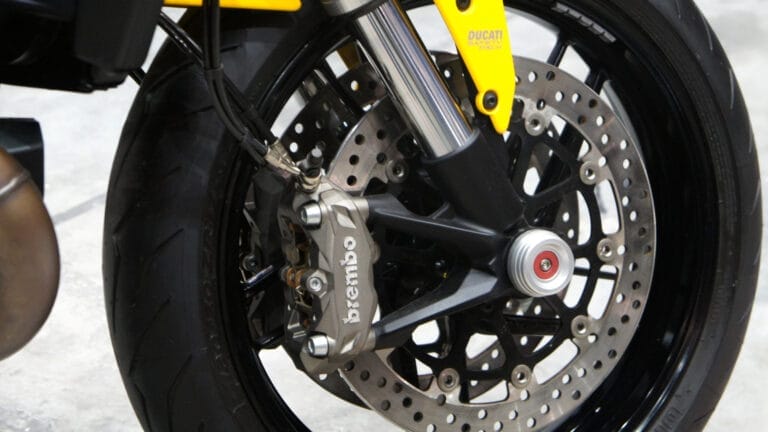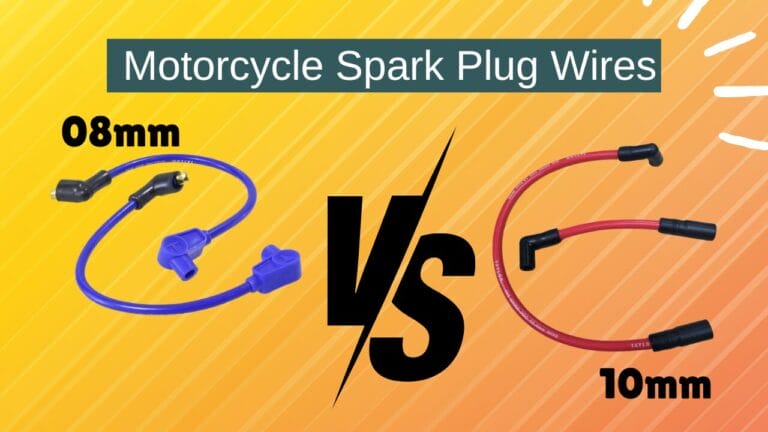How Often to Change Gear Oil in a Motorcycle: A Comprehensive Guide
Have you ever wondered if your motorcycle’s gear oil is overdue for a change? Gear oil is important for your bike’s transmission because it keeps parts cool, reduces friction, and prevents wear and tear. Without proper maintenance, old or degraded gear oil can lead to sluggish performance, noisy gears, or even costly repairs. So, how often to change gear oil in a motorcycle?
Most motorcycles need a gear oil change every 5,000–10,000 miles or as specified in the owner’s manual. This timeline can be influenced by factors such as riding style, environmental conditions, and the type of gear oil used.
Want the full scoop?
Scroll down to discover detailed insights, signs it’s time for a change, and step-by-step tips to keep your motorcycle in peak condition!
Signs Motorcycle’s Gear Oil Needs Changing
Your motorcycle’s gear oil is the one ensuring smooth shifts and protecting the transmission. Therefore, you need to be aware of these indications to avoid expensive repairs and keep your vehicle running at its best. Here’s what to watch for:
- Grinding or Gear Slippage: If shifting gears feels rough or inconsistent, it could mean the gear oil is breaking down.
- Burnt Oil Smell: A strong, burnt odor from the gear oil indicates overheating or contamination.
- Unusual Noises: Whining or grinding sounds from the transmission suggest the oil isn’t lubricating properly.
- Dirty or Discolored Oil: When the gear oil appears dark or filled with debris, it’s time for a change.
- Decreased Performance: Poor acceleration or inconsistent gear engagement can result from old or degraded oil.

Keep an eye out for these signs to ensure your motorcycle’s gear system operates smoothly and reliably.
How Often Should You Change Gear Oil
Most motorcycles typically require gear oil changes every 5,000 to 10,000 miles, but it’s essential to consult your owner’s manual for precise guidance. The manual offers recommendations specifically tailored to your bike’s unique design, engine specifications, and gear oil capacity. That said, factors such as your riding habits, climate conditions, and the type of gear oil you use can all influence how frequently this maintenance should be done. Let’s explore these considerations in more detail.
Type of Riding
- Commuting: Regular city rides may allow you to stick to standard intervals.
- Off-Roading: Dusty and rugged conditions demand more frequent gear oil changes due to increased contamination risks.
- Racing or High-Speed Rides: Intense usage generates extra heat, requiring more frequent maintenance.
Climate and Environmental Conditions
Riding in extreme climates can accelerate gear oil degradation:
- Dusty or sandy environments: Dirt can infiltrate the transmission, making frequent oil changes necessary.
- Wet or humid areas: Moisture can mix with the oil, leading to reduced efficiency.
- Hot climates: High temperatures can break down gear oil faster.
- Type of Gear Oil
- Synthetic Gear Oil: Offers longer-lasting protection and performs well under extreme conditions, often extending change intervals.
- Conventional Gear Oil: Requires more frequent changes as it tends to degrade faster under stress.
Older or High-Performance Motorcycles
For older bikes or performance-focused models, gear oil changes may be needed more frequently due to worn components or higher stress levels on the transmission.
After Heavy Usage or Long-Distance Rides
If you’ve recently taken a long road trip or engaged in heavy towing, consider changing the gear oil sooner. Prolonged stress can accelerate wear and degrade the oil’s protective properties.
While mileage intervals are a good starting point, you should always take into account how you ride, where you ride, and the type of gear oil you use to find the best schedule. A proactive approach to gear oil maintenance ensures smoother rides, fewer repairs, and a longer lifespan for your motorcycle.
Step-by-Step Guide to Changing Gear Oil
Changing your motorcycle’s gear oil doesn’t have to be a daunting task—it’s a straightforward process. By following the below steps, you can complete the job in no time and ensure optimal performance.
Step 1: Gather Your Tools and Supplies
Start by collecting everything you’ll need-
- Correct gear oil (check your owner’s manual),
- A wrench set,
- A drain pan,
- A funnel, and
- Gloves.
Having all your tools on hand ensures a smooth and efficient process.
Pro Tip: Warm the engine slightly before starting—warm oil flows out more easily, making the process faster.
Step 2: Locate the Drain Plug and Position the Pan
Find the gear oil drain plug beneath the engine or gearbox. Place the drain pan underneath to catch the used oil.
Important Reminder: Double-check that the drain pan is large enough to hold the oil and that the bike is securely balanced on a center stand or paddock stand.
Step 3: Drain the Old Oil
Loosen the drain plug with a wrench and let the old oil flow into the pan. Once it’s fully drained, inspect the plug for debris or damage, clean it thoroughly, and screw it back into place tightly.
Note: If you spot metal shavings in the oil, it may indicate wear inside the gearbox—consider consulting a mechanic.
Step 4: Refill with Fresh Gear Oil
Remove the filler cap and use a funnel to pour in the recommended amount of new gear oil. Check the level using the dipstick or sight glass to ensure it’s filled correctly—avoid overfilling, as this can cause leaks or pressure issues.
Pro Tip: Use a steady hand and pour slowly to avoid spills.
Step 5: Clean Up and Test the Bike
Secure the filler cap and wipe away any excess oil around the drain plug and filler area. Start the engine and let it idle for a few minutes to circulate the new oil, then check for any leaks.
Final Check: Take your motorcycle for a short ride to ensure smooth gear shifts, and recheck the oil level after the ride to top up if necessary.
This simple, five-step process keeps your gear oil fresh, ensuring your motorcycle’s transmission runs smoothly and lasts longer.
Common Mistakes to Avoid When Changing Gear Oil
Here are five overlooked mistakes riders often make when changing gear oil. Avoiding these can help maintain your motorcycle’s performance and prevent costly repairs.
Using the Wrong Type of Gear Oil
Not all gear oils are suitable for every motorcycle. Using an incorrect type or viscosity can lead to poor lubrication and excessive wear. Always check your owner’s manual for the precise specifications to ensure smooth performance and protection.
Overfilling or Underfilling the Oil
Adding too much oil creates unnecessary pressure, while too little leaves components poorly lubricated. Both can cause significant damage. Use the recommended measurement, and double-check the level with the dipstick or sight glass to avoid this common error.
Skipping the Drain Plug Washer Replacement
A worn or damaged drain plug washer might not seem like a big deal, but it often leads to annoying leaks. Always inspect the washer during every oil change and replace it if it shows wear, ensuring a tight, reliable seal.
Neglecting to Warm Up the Engine Before Draining
Cold oil doesn’t flow as freely and can trap contaminants in the system. Running your engine for a few minutes before draining warms the oil, helping it carry out dirt and debris more effectively, leaving your transmission cleaner.
Forgetting to Clean the Drain Plug Magnet
The magnetic drain plug collects tiny metal shavings from the transmission. Skipping this step allows debris to circulate, increasing wear on gears over time. Always clean the magnet thoroughly before reinstalling it to maintain peak performance.
By avoiding these common mistakes, you’ll ensure a smooth and effective gear oil change, protecting your bike’s transmission and extending its life.
Conclusion
Maintaining your motorcycle’s gear oil is more than just routine maintenance—it’s the key to ensuring smooth performance, protecting your transmission, and avoiding costly repairs. Understanding the signs of worn gear oil, following the recommended change intervals, and taking the right steps during oil changes can significantly extend your bike’s lifespan and reliability.
By applying the solutions and tips shared in this guide, you’re taking proactive steps to safeguard your motorcycle’s most critical components. Whether you’re a daily commuter, a weekend adventurer, or a performance enthusiast, staying on top of gear oil maintenance ensures your rides remain smooth, efficient, and worry-free.
Ready to give your motorcycle the care it deserves? Start by scheduling your next gear oil change or consult your owner’s manual to create a tailored maintenance plan.
Have questions or insights to share? Join the conversation in the comments, and let’s keep your bike running like a dream!







